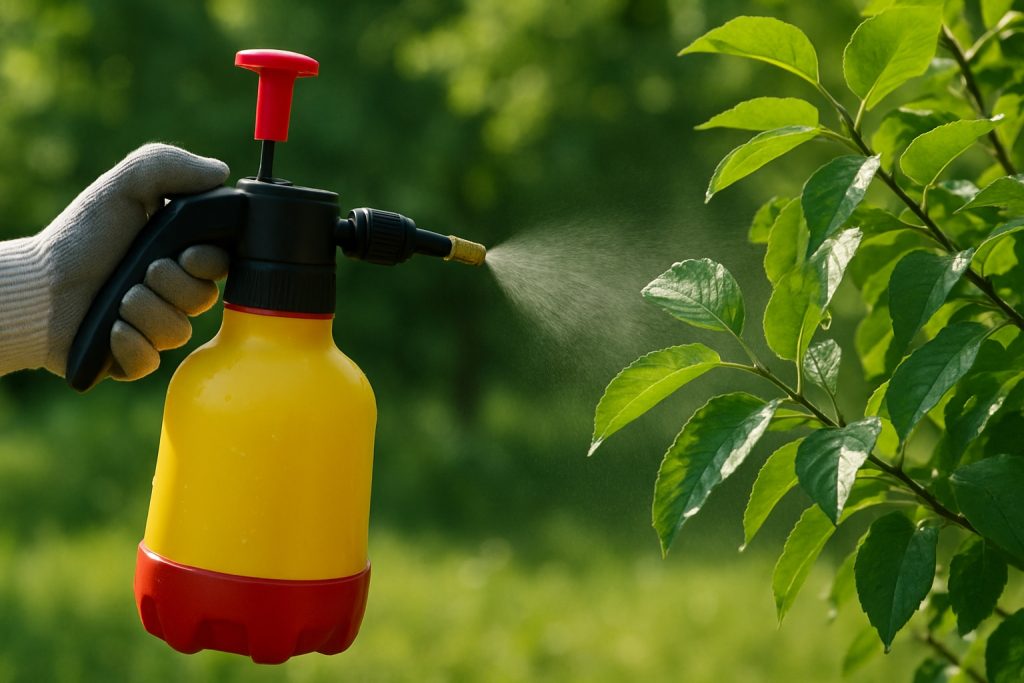Tree Disease Treatment in Birmingham, PA
Preserve the Beauty of Birmingham’s Tree-Lined Landscape
Birmingham, PA is a town where nature and history live side by side—quietly framed by mature hardwoods, centuries-old oaks, and ornamentals that shade historic homes and line winding country roads. But even the most majestic tree can be brought to its knees by a disease you can’t see until it’s too late. If your trees are losing leaves prematurely, showing unusual bark texture, or seem to be struggling, there’s a high chance they’re under attack. Tree disease doesn’t simply “go away”—it advances silently and often aggressively, threatening the long-term health of your property’s living assets. That’s why homeowners across Birmingham turn to professional disease treatment: to protect the legacy growing in their own backyard.
Understanding Tree Disease in Birmingham’s Microclimate
Birmingham’s rich soil and temperate climate may nurture impressive growth, but they also create the perfect storm for certain pathogens. Wet springs followed by humid summers promote fungal diseases such as anthracnose and leaf spot, especially in shaded areas where airflow is limited. Ornamental trees and evergreens, commonly found in residential landscapes, are frequently targeted by pests like scale insects, bagworms, and boring beetles. In low-lying properties or areas with compacted soil, root rot and bacterial infections can quietly damage internal systems long before exterior symptoms are visible.
While each tree species comes with its own set of vulnerabilities, it’s the interaction between tree health, environment, and seasonal conditions that determines susceptibility. That’s why Birmingham’s tree disease challenges are never one-size-fits-all—they require localized insight and targeted solutions.
Symptoms You Should Never Ignore
Many property owners overlook early warning signs of disease, assuming symptoms are seasonal or cosmetic. But timely observation can make all the difference in treatment success. If you notice any of the following, it’s best to schedule a professional evaluation:
-
Bark cracking or oozing sap
-
Thinning canopies or sudden branch dieback
-
Leaf spots, discoloration, or curling
-
Unseasonal leaf drop or delayed bud break
-
Mushrooms or fungal growth near the base
The presence of these signs doesn’t always mean a tree is doomed—but without intervention, it could be. Our certified specialists are trained to detect subtle variations that often go unnoticed.
What to Expect from a Tree Disease Treatment Service
When you contact us, we begin with a thorough property walk-through, focusing not just on the visible symptoms but the environmental factors contributing to them. Our diagnostic process includes checking for:
-
Species-specific vulnerabilities
-
Soil compaction or drainage issues
-
Evidence of insect infestation
-
Fungal spore activity
-
Environmental stressors (construction, drought, or overwatering)
Based on our findings, we’ll recommend a customized treatment plan that may include soil amendments, fungicide applications, deep root feeding, pruning of infected limbs, or pest control as needed. We also take into account your tree’s age, location, and role in your landscape design—ensuring that treatments enhance both health and aesthetics.
Unlike generic treatment services that apply the same spray across every yard, we craft each protocol with long-term results in mind. In many cases, our clients notice improvements within one growing season and full recovery within a year, depending on the condition and extent of the disease.
Proactive Tips to Maintain Tree Health Year-Round
Even the best treatments are more effective when supported by good tree care habits. Here’s how you can protect your trees against future outbreaks:
-
Mulch strategically: Avoid piling mulch against the trunk; this retains moisture and invites rot.
-
Water deeply and infrequently: Shallow watering encourages surface roots that are more vulnerable to drought and disease.
-
Prune properly: Eliminate dead or crowded branches to improve air circulation and light penetration.
-
Fertilize with care: Over-fertilizing can burn roots or lead to excessive soft growth, making trees more susceptible.
-
Inspect seasonally: A quick look at bark texture, foliage color, and overall posture can uncover early trouble.
By practicing preventative care and catching problems early, homeowners can significantly reduce the likelihood of disease recurrence.
Safeguard Your Landscape—Before Damage Spreads
In a place like Birmingham, where trees do more than shade—they define the character of entire properties—protecting them is an investment worth making. Whether you have a single ornamental maple showing signs of stress or a stand of mature oaks in visible decline, professional treatment can often mean the difference between removal and recovery. Don’t wait for irreversible damage to make the decision for you.
Now is the right time to take action. Reach out to us today to schedule your on-site tree health consultation. You can call our office directly or fill out the secure web form to reserve your evaluation. Appointment windows book quickly during active growing seasons—ensure your trees receive timely care by locking in your spot today.


